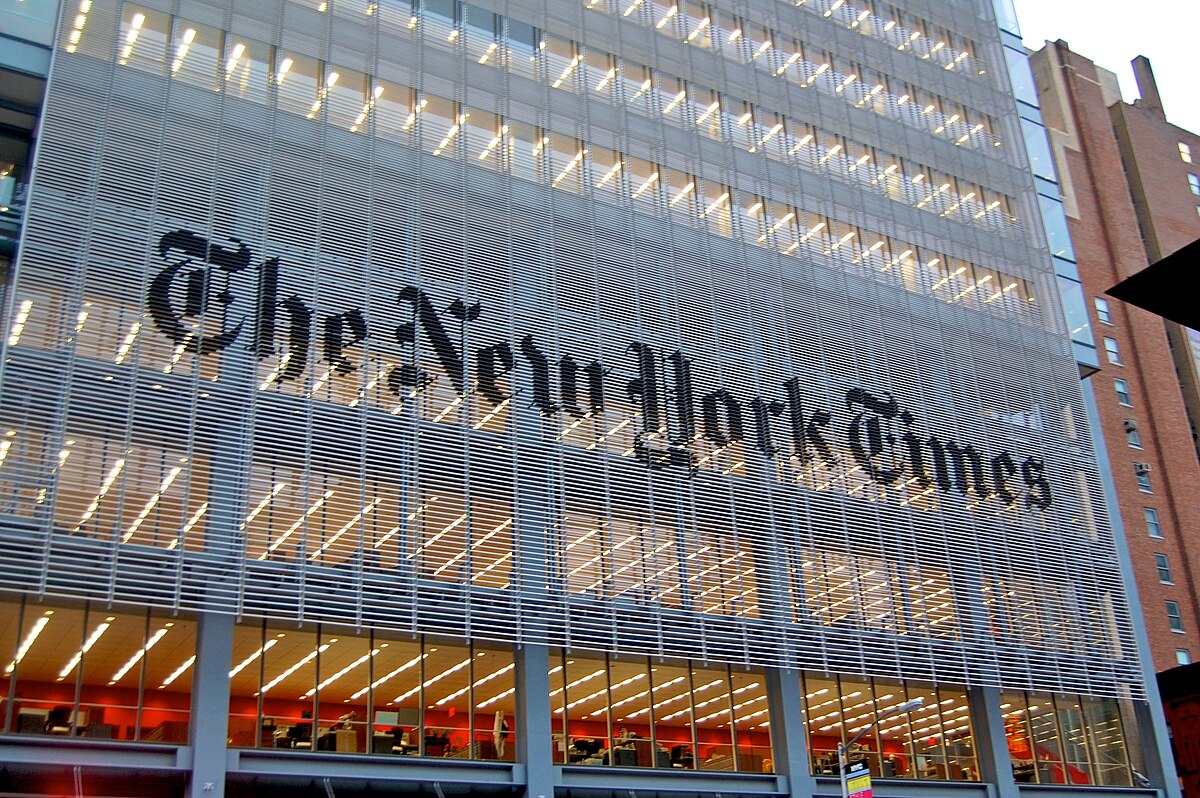On April 29, three Times correspondents—Vivian Yee, Vivian Nereim, and Emad Mekay—were reporting from multiple Arab capitals about pro-Hamas rallies held in different countries. When they reached the subject of Jordan, in the sixth paragraph, they wrote that “Jordan’s government [is] caught between its majority-Palestinian population” and its relations with the United States and Israel.
Wait a minute! Jordan has a “majority-Palestinian population”?
This is not the first time that the New York Times has mentioned this fact. But it’s an important reminder that this little fact is actually a very big deal.
Our media and academic elites never define terms when doing so would be politically inconvenient. So we don’t know exactly how the Times defines “Palestinian” when it comes to residents of Jordan. But let’s just take it at face value: it must mean a person who considers himself “Palestinian,” based on the fact that he or his grandparents or his great grandparents once lived in a country called “Palestine.”
Let’s just focus, for now, on the simple question of how Jordan could have a “majority-Palestinian population,” and what that means. During the period of the British Mandate, from 1917 to 1948, the country was called “Palestine” in English, and “Eretz Yisrael” in Hebrew. (That was also true for some years prior to 1917, but I’m speaking here about the modern era.)
So technically, anybody who lived there could have been called “Palestinian.”
Then in 1922, the British decided to unilaterally alter the region’s geography. They sliced off the eastern 78% of the Palestine Mandate and proclaimed the existence of a new country, called “Transjordan,” that is, The Other Side of the Jordan.
The very fact that its name is based on negative—that it’s not on That Side of the river—instead of on something having to do with the nature of its residents, illustrates how arbitrary and artificial the country’s creation was. Later, the Saudi tribe that the British installed as the country’s rulers, the Hashemites, decided to change name again, this time to the Hashemite Kingdom of Jordan. Again, the willy-nilly changing of its name shows how inauthentic the country was, and is.
So the people who were “Palestinian” from 1917 to 1922 suddenly became “Trans-Jordanian” in 1923. Then later they became “Jordanian.” But then again, maybe not—because according to the Times, the majority of the country’s population is still “Palestinian,” for some unexplained reason.
Why does any of this matter? Because it all goes to the heart of the concept of nationalism. Why is France called “France”? Because the majority of the people there have a common, and unique, history, and language.
Why is Germany called “Germany”? Because most of its residents likewise have a unique history and language.
If the majority of people in France were not ethnically Frenchmen, there would be no reason to call it France. If the majority of people in Germany were not ethnic Germans, it wouldn’t be Germany.
So how is it that Jordan has a majority of a different ethnicity, Palestinian, yet the country is still “Jordanian”?
The answer is that it’s all a big word-game. “Jordanian” and “Palestinian” are both inauthentic terms. Neither group has a genuine national history in the country—when the British took over, they found a hodgepodge of local tribes with no unifying national identity, and no linguistic bond any different from the language spoken in all the surrounding countries.
There was never any substantive difference between being Jordanian and being Palestinian. Both countries, and both identities, were created for reasons of political convenience and advantage. And if a “Palestinian” state were to be established, that would also be for a narrow political purpose—the purpose of putting a deadly time-bomb right on Israel’s border.
But there’s no reason to create a Palestinian state when one already exists. According to the New York Times, Jordan, which used to be called Palestine, still has a majority of “Palestinians.” Well, that’s the central ingredient for statehood. All they need is one democratic election for the majority to choose a leader who would call the country according to the self-identification of the majority of its residents.
Of course that’s not going to happen, because the king of Jordan will never permit an election. Kings don’t do that sort of thing. Democracy is like poison to monarchies and dictatorships.
But whether or not the disenfranchised “Palestinian majority” in Jordan is ever granted democratic rights, the fact remains that they already have a large, independent, sovereign Palestinian state. It just happens to go by a different name.



























Moshe Phillips’ article requires a clarification: It is incorrect to state that “in 1922, the British …sliced off the eastern 78% of the Palestine Mandate and proclaimed the existence of a new country, called ‘Transjordan,’ “. In fact, in 1922 Britain suspended the applicability of the Jewish National Home provisions of the British Mandate with respect to the territory east of the Jordan River and it created the Emirate of Transjordan.
It was not until 1946 that the Hashemite Kingdom of Transjordan was declared and May 25, 1946 is still celebrated in Jordan as independence day. (The British retained certain restrictions on Transjordan’s sovereignty until 1948, the same year as Israel’s Declaration of Independence, when full sovereignty was achieved in Transjordan)..